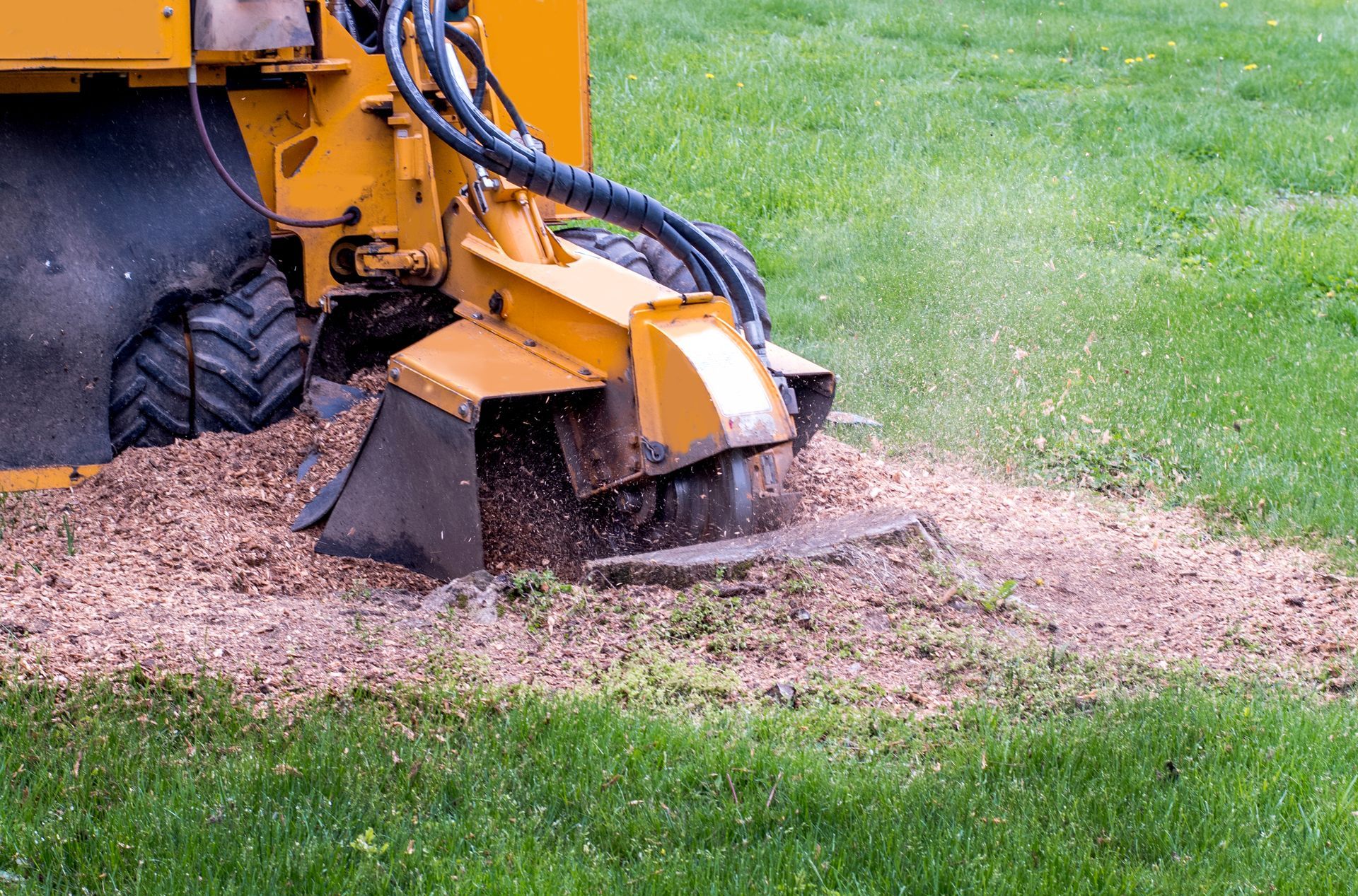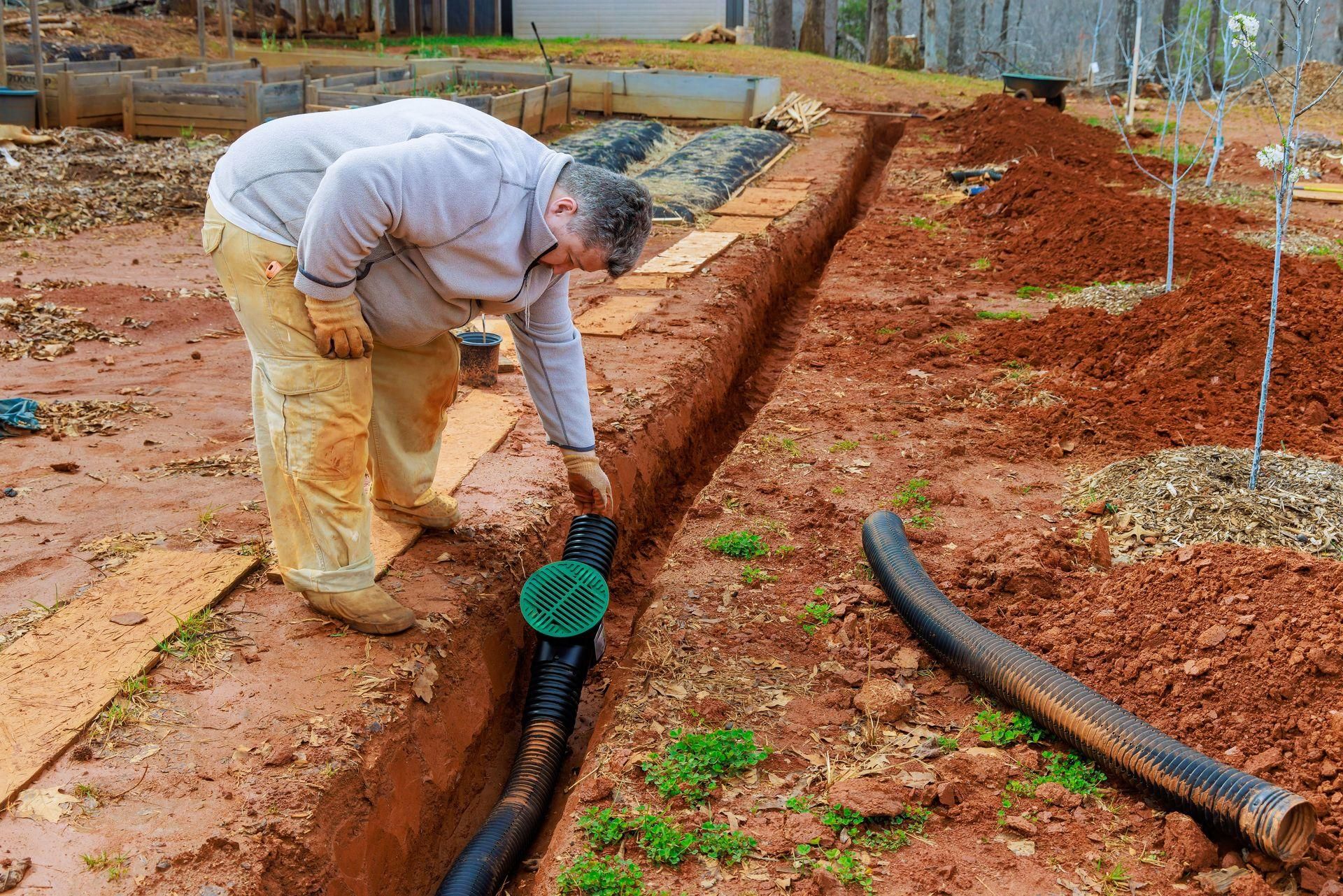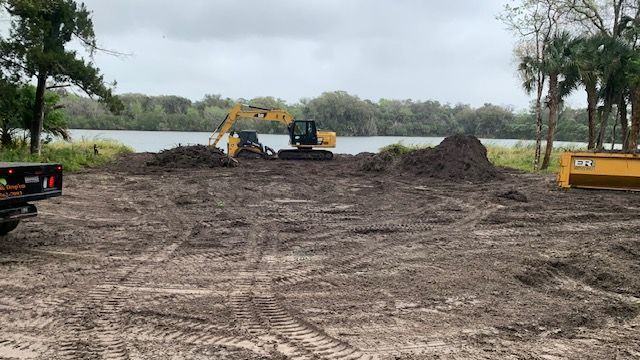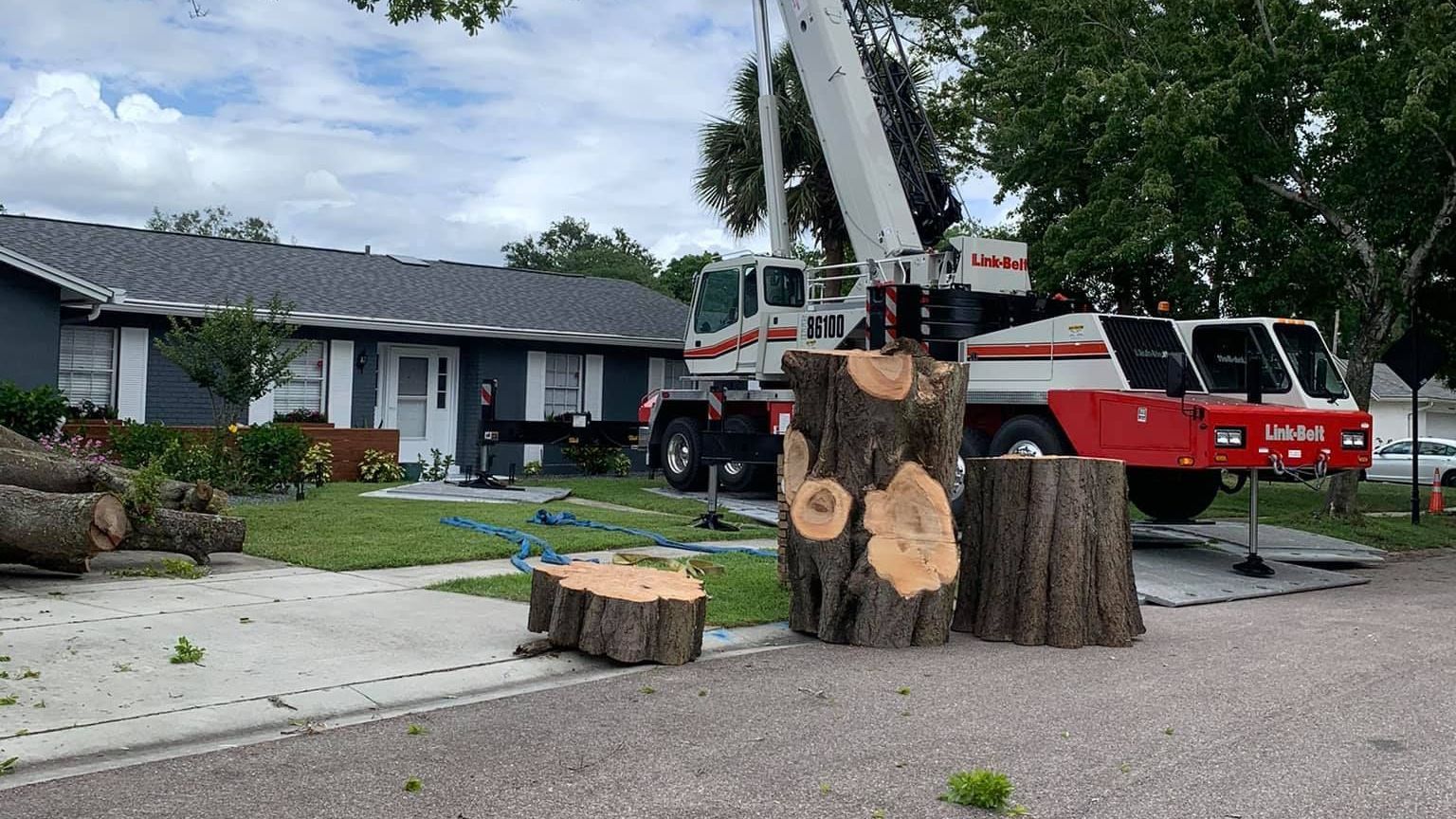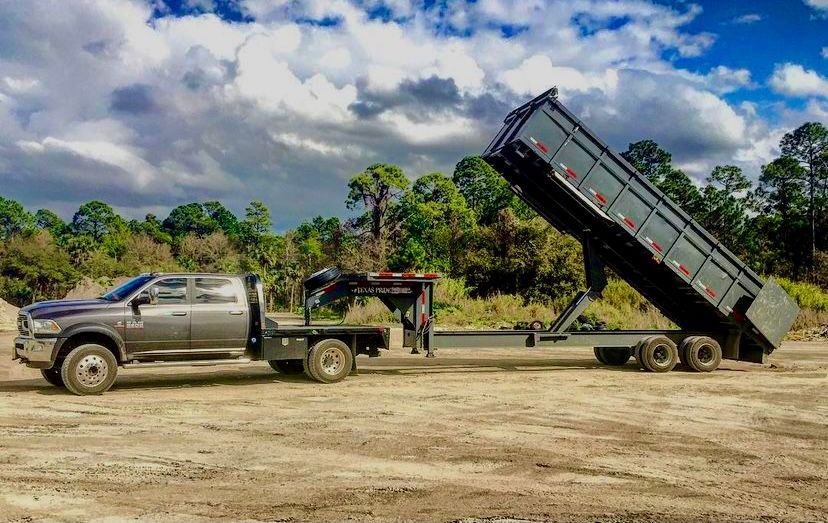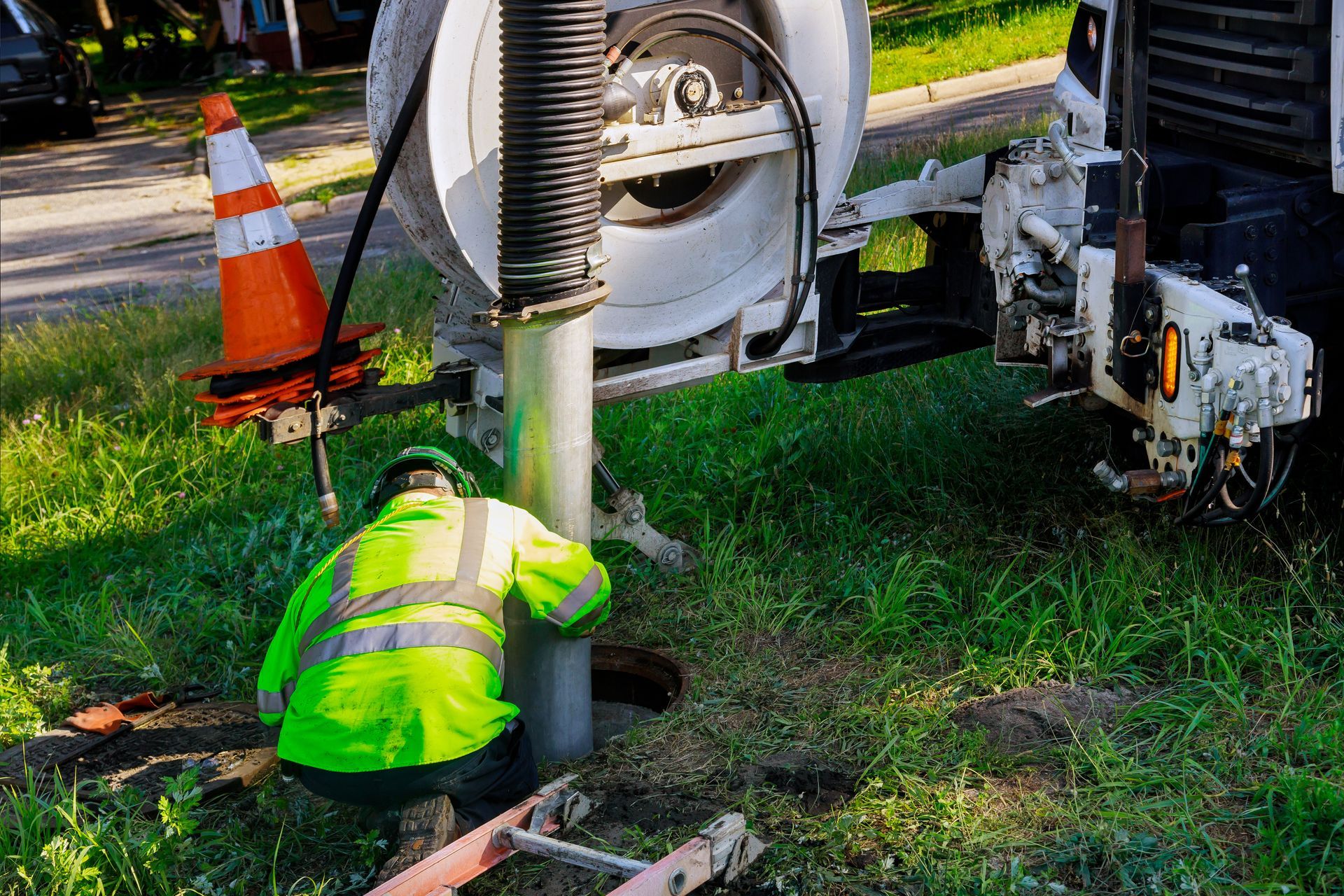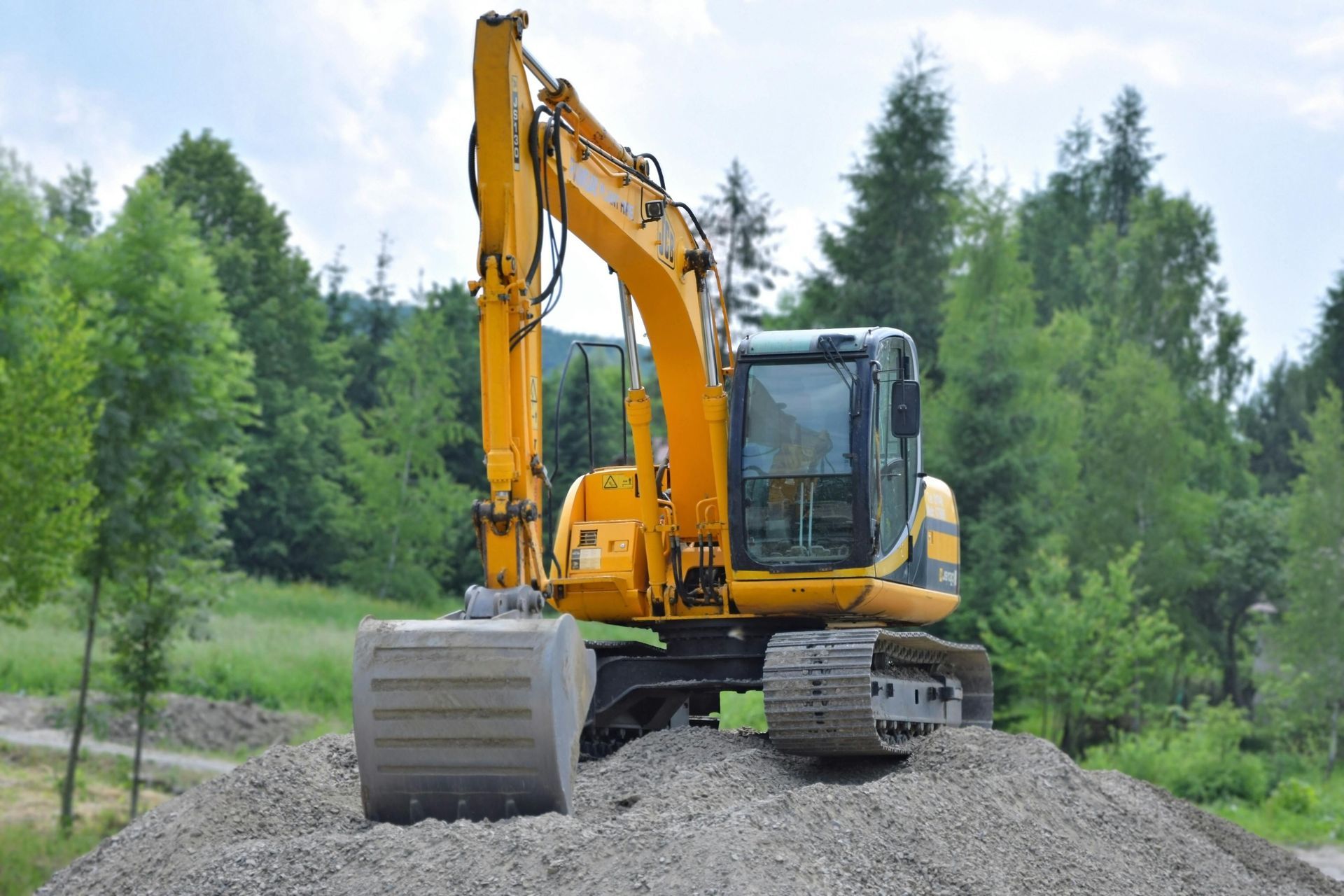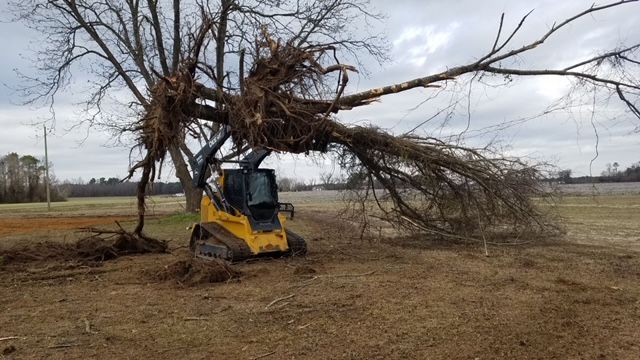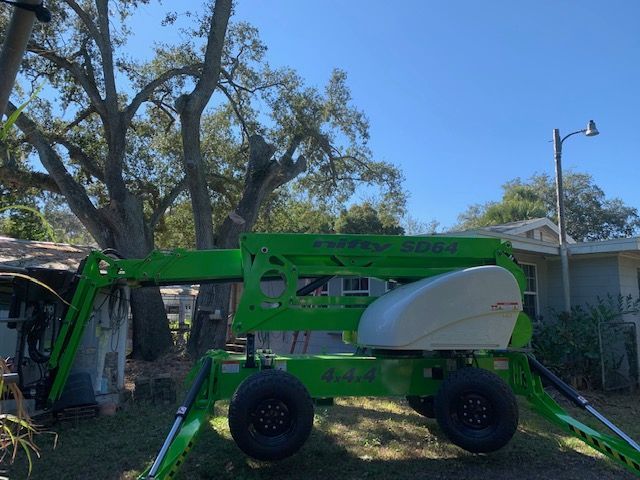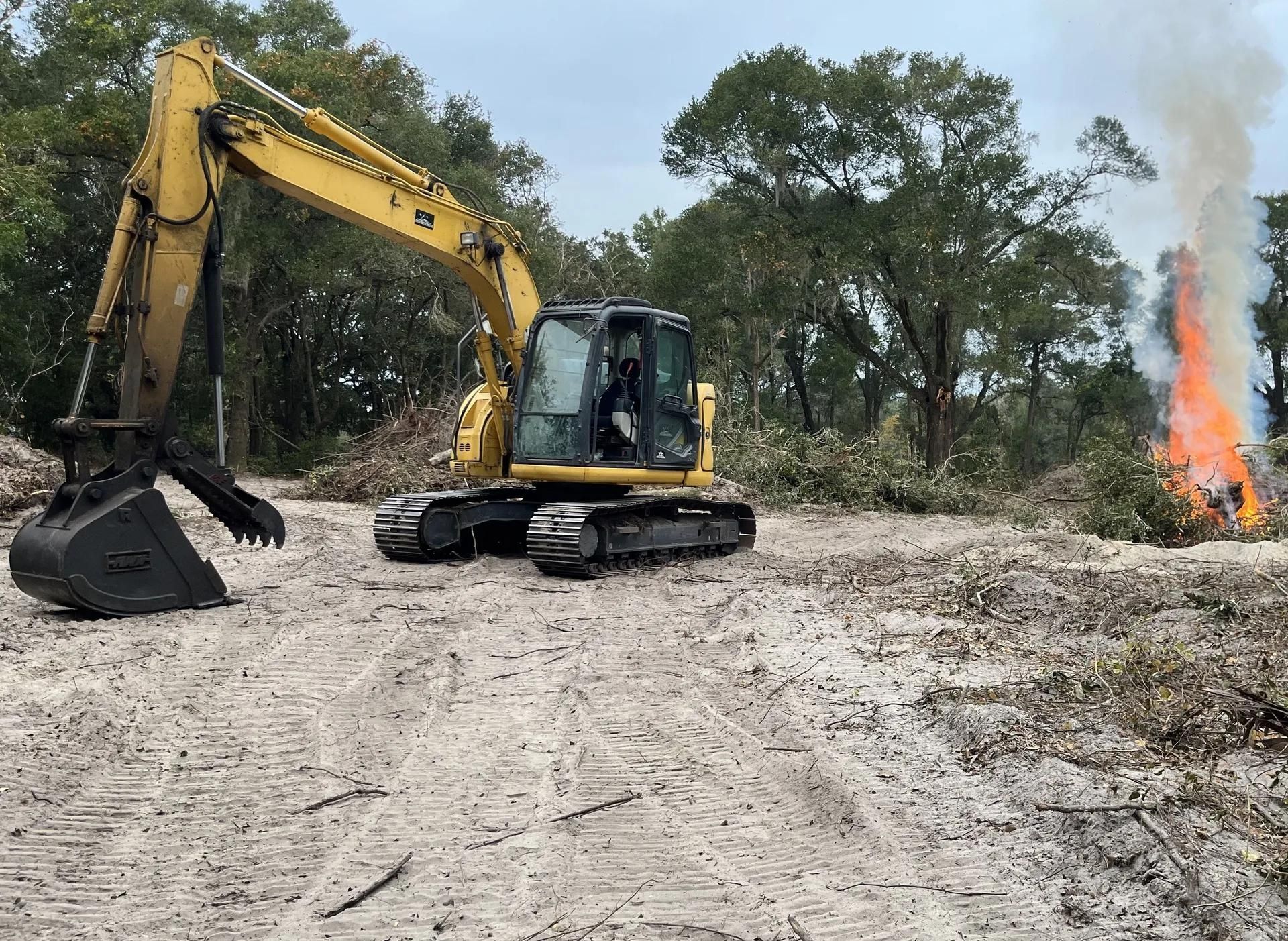Why Poor Land Grading Can Destroy Your Foundation Over Time
When it rains, does water pool around your yard, or do trees lean more every season? That might not seem like a big deal, but poor land grading can cause serious damage over time. It weakens the soil, harms tree roots, and creates the perfect setup for flooding and erosion. Many people don’t notice a problem until it's too late and their property starts sinking, cracking, or washing away.
In this post, we’ll explain what land grading is, why it matters, and how to spot problems before they cause real damage. We’ll also show you what to do if your yard’s slope is putting your foundation or landscape at risk.
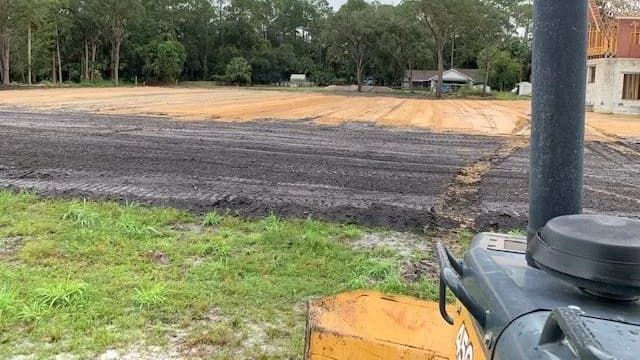
What Is Land Grading?
Land grading means shaping the ground so water flows the right way—away from your home, not toward it. A well-graded yard has a slope that gently moves water out and away.
There are two types:
- Positive slope: water drains away from your structures (good)
- Negative slope: water flows toward your home, trees, or low areas (bad)
Grading is used before planting trees, installing landscaping, or doing any major outdoor work. It’s especially important in areas that get heavy rain.
Why Land Grading Is Critical for Your Foundation
Good land grading protects your property in many ways:
- Moves water away from your home and tree roots
- Stops soil from getting soggy or loose
- Keeps basements and crawl spaces dry
- Reduces erosion and shifting that can weaken foundations or hardscapes
Without proper grading, your soil gets too wet, softens, and starts to move. Over time, this can lead to foundation cracks, leaning trees, or a sinking patio.
How Tree Roots Are Affected by Poor Grading
When the ground doesn't drain well, tree roots sit in soggy soil. That weakens them over time. Poor grading also causes roots to rise up or search for water in the wrong places—like under driveways or foundations.
As roots shift and grow in unstable ground, trees can lean, die, or fall. Unstable soil also makes it harder for new trees to take root. Healthy roots need dry, firm soil to stay strong..
Signs of Poor Land Grading Around Your Property
You don’t need special tools to spot grading problems.
Just look for:
- Water pooling near your foundation or under trees
- Soggy soil that stays wet long after it rains
- Visible soil washouts, bare patches, or muddy streaks
- Tree roots lifting from the ground
- Cracks in sidewalks or driveways
- Puddles or soft spots near patios, fences, or detached buildings
These are all signs that your yard’s slope needs help.
How Poor Grading Causes Long-Term Foundation Problems
When water sits in the wrong place, it slowly erodes your soil and weakens what’s on top of it. Here's what can happen:
- Water adds pressure against your foundation or roots
- Wet soil shifts, making concrete and tree bases unstable
- Excess moisture causes mold, mildew, or rot
- Roots lose their grip, and trees lean or fall
- Seasonal freeze-thaw cycles make small cracks worse
- Sloped concrete slabs may begin to tilt or settle unevenly
None of this happens overnight, but if grading isn’t fixed, it adds up quickly.
How to Check If Your Yard Is Properly Graded
You can do a basic check with a string and a level.
Here's how:
- From your home’s foundation, stretch a string out 10 feet
- It should slope downward at least 6 inches over that distance
- Watch how water flows during a heavy rain
- Check low areas for puddles or standing water
- Look around trees to see if the soil is washing away or piling up
If water isn’t draining properly, your grading needs attention.
Fixing Poor Land Grading—What Are Your Options?
There are a few ways to correct grading problems:
- Add soil to low areas and build a better slope
- Regrade sections of the yard to move water away from key spots
- Install drainage systems like French drains or swales
- Redirect downspouts and gutters to carry water away
- Plant ground cover or use mulch to protect sloped soil.
The Cost of Ignoring the Problem
Delaying a grading fix might save money now, but it often leads to bigger expenses later.
You could face:
- Foundation repair bills
- Damaged patios, walkways, or driveways
- Dead trees or uprooted landscaping
- Flooded basements or standing water
- Lower property value from poor drainage
- Costly erosion control if your soil begins to wash into city drains or neighbors' yards
Fixing grading early is a smart investment in your land.
Frequently Asked Questions
How much slope does my yard need?
Your yard should slope down 5–6 inches over 10 feet. This helps water drain away from your home and trees.
Can I fix my yard’s slope myself?
You can fix small spots with soil and a shovel. Bigger areas or steep yards usually need a pro with the right equipment.
Do trees affect grading and drainage?
Yes. Roots can block water or suffer from too much moisture. Good grading keeps trees healthy and water flowing right.
Will grading stop erosion?
Yes, if it’s done right. It controls water flow and keeps your soil from washing away.
Do I need a permit in Sanford, FL?
Maybe. If grading is near drains or uses heavy machines, check with the city or let a contractor handle it.
How long does grading take?
Most jobs take 1 to 3 days. It depends on yard size, weather, and how much work is needed.
Fix Your Slope with Help from Top'em & Drop'em Solutions
Poor land grading doesn’t just make your yard messy, it can wreck your foundation, landscaping, and trees over time. If you’ve got water pooling or erosion problems, don’t wait.
Top'em & Drop'em Solutions provides expert grading and drainage services throughout Sanford, FL. Contact Us today to fix your slope and protect your property from the ground up.
